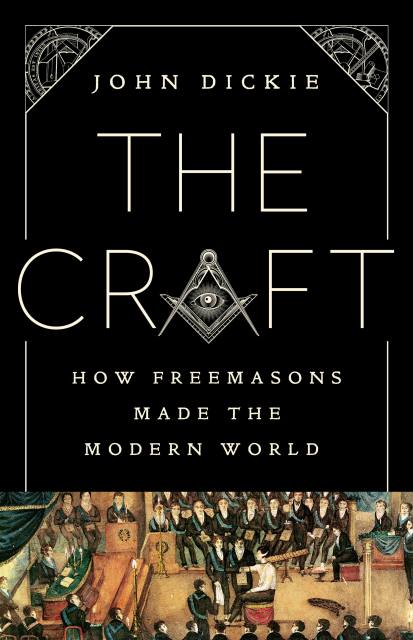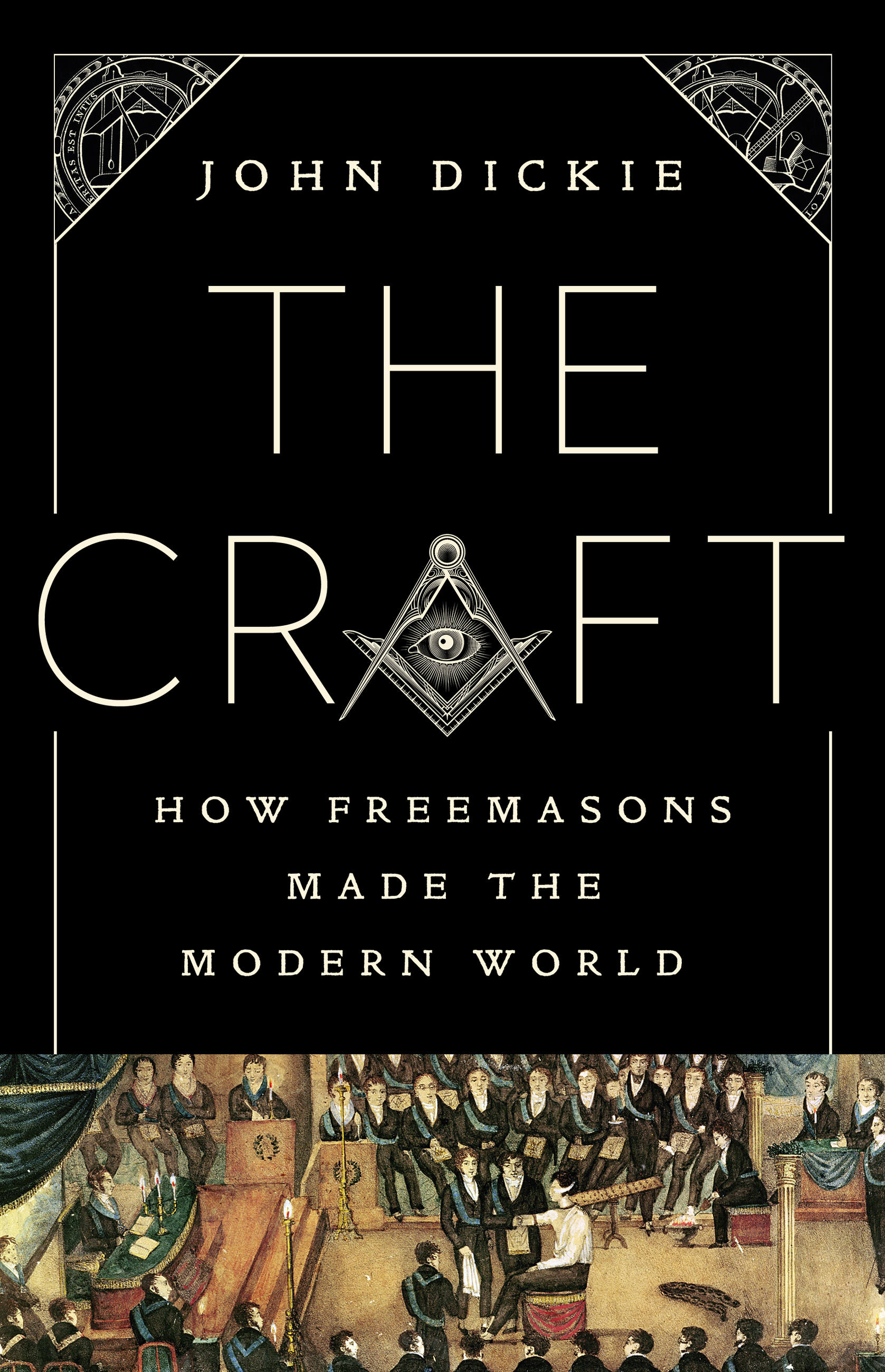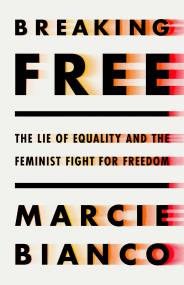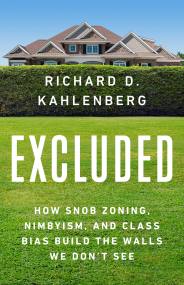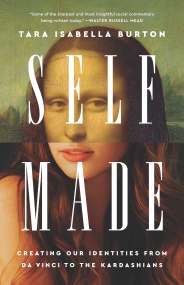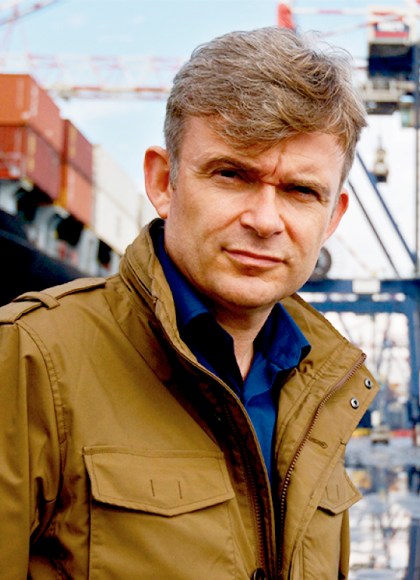Promotion
Sign up for our newsletters to receive 20% off! Shop now. Exclusions apply.
By clicking “Accept,” you agree to the use of cookies and similar technologies on your device as set forth in our Cookie Policy and our Privacy Policy. Please note that certain cookies are essential for this website to function properly and do not require user consent to be deployed.
The Craft
How the Freemasons Made the Modern World
Contributors
By John Dickie
Formats and Prices
Price
$19.99Price
$25.99 CADFormat
Format:
- ebook $19.99 $25.99 CAD
- Hardcover $32.50 $41.00 CAD
- Audiobook Download (Unabridged)
This item is a preorder. Your payment method will be charged immediately, and the product is expected to ship on or around August 18, 2020. This date is subject to change due to shipping delays beyond our control.
Also available from:
-
"A fascinating tale...Mr Dickie has turned legend into history."The Economist
-
"Convincingly researched and thoroughly entertaining."The Wall Street Journal
-
"The Craft is a superb book that often reads like an adventure novel. It's informative, fascinating and often very funny."The Times (UK)
-
"The Craft is a shadow history of modernity. Though more sober than most lodge meetings, it is, like its subject, ingenious and frequently bizarre... The Craft is well-crafted and sensible, making good use of English archives which have only recently been opened."Spectator
-
"[John Dickie] takes on this sensational subject with a wry turn of phrase and the cool judgment of a fine historian... I enjoyed this book enormously. Dickie's gaze is both wide and penetrating. He makes a persuasive case for masonry's historic importance."Dominic Sandbrook, Sunday Times
- On Sale
- Aug 18, 2020
- Page Count
- 496 pages
- Publisher
- PublicAffairs
- ISBN-13
- 9781541724679
Newsletter Signup
By clicking ‘Sign Up,’ I acknowledge that I have read and agree to Hachette Book Group’s Privacy Policy and Terms of Use
